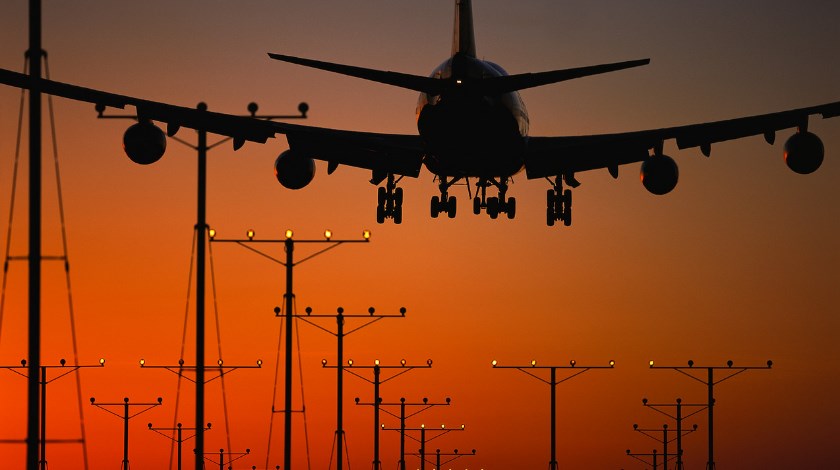Photo: goabroad.com
Reading Time: 9 minutesEurope’s position as the most visited continent and the increase of the new destinations and routes to connect the world oblige European airports to expand. So what is the real demand for that and what are the biggest changes in the field of airport development?
Increasing the number of passengers in Europe
According to the World Tourism Organization (UNWTO), 609 million or 29 million more than in 2014 visited the continent in 2015. In addition to the culture-filled capitals and marvelous cuisine, European cities also attract as major hubs for connections to Africa or the Middle East. European countries lead the global outbound travel by 5% during the last year, benefiting various European destinations and airports. The top destinations compared by passenger traffic are the major Western European cities like London and Paris. The only outlier is Istanbul with tremendous growth during the last few years due to aggressively low fares and lower operating costs.
The top busiest airports
The top 10 busiest airports in Europe have an increase in number of passengers from 2% to almost 12% during 2015. United Kingdom’s Heathrow Airport holds the first place with almost 75,000,000 passengers. However, traffic rose at its highest in Spanish Adolfo Suárez Madrid–Barajas Airport by nearly 12%.
Despite Europe being the most visited continent, the passenger traffic stays far from the busiest in the world. The busiest airport in Europe is London Heathrow and only holds the 6th in the world (it follows after two US, China, Dubai and Japan’s airports). To be precise, the busiest airport in the world is considered to be Hartsfield–Jackson Atlanta’s International Airport with the passenger load of 101.5 million during 2015.
The four busiest airports in Europe for long-haul routes are, not surprisingly, the FLAP airports of Frankfurt, London Heathrow, Amsterdam and Paris CDG, with Heathrow leading the way with 42% more long-haul seats than its nearest rival in Europe, Paris CDG.
If we compare seat capacity for the first week of August in 2015 and 2014, it reveals that Dublin has been the fastest-growing among Europe’s 30 busiest airports for long-haul services. It has seen capacity growth by almost a quarter as the number of long-haul non-stop destinations served has increased from 16 to 19 with the addition of new routes to Addis Ababa and Los Angeles (both with Ethiopian Airlines starting in June), and Halifax in Canada (with Europe Airpost). In addition Emirates has doubled frequency on its Dubai route to twice a day, while there have been frequency and capacity increases on several other routes.
Oslo Gardermoen’s second position with almost 20% growth is not, as might be expected, a result of Norwegian’s long-haul ambitions with its 787s, but instead almost entirely a result of Emirates starting a daily service to Dubai last September. In Barcelona, almost 15% growth in long-haul seat capacity can be mostly explained by Emirates doubling frequency on its Dubai service and Qatar Airways increasing frequency from its Doha hub from 10 flights per week to 14.
Punctuality statistics
Japanese airports and airlines score very high when it comes to punctuality despite them being in the top busiest roads list. The situation is slightly diverse in Europe. Overall, 13 out of 30 airports from large, medium and small airports’ classes are listed. This number decrease when taking biggest and busiest airports into consideration. Only two European Airports from the top 10 busiest ones can be called punctual with high scores. Both are German Airports likely due to the German orderliness. Frankfurt Airport with 84,12% and Munich Airport which can boast with highest punctuality statistics in Europe- 87,71%. However, delays are mixed at Rome, Paris and Istanbul airports which all rank among the world’s top ten with the most delays.
Most popular routes in Europe
Dublin-London is the busiest route in Europe and the second biggest in the world, coming after Hong Kong-Taipei, where more than five million people travel every year. News of last year’s performance comes after Dublin Airport Authority (DAA) announced that a record 25 million people passed through there in 2015. The route accounted for almost 18% of Dublin Airport’s total traffic last year and drew a large number of business travelers.
Domestic traveling is mostly dominated by Asian market and reaches 10 million passengers per year at one airport. The top 6 busiest air routes inside the Europe are domestic flights in France (from Toulouse and Nice to Paris) and Spain (Madrid- Barcelona) with only more than 2 million passengers per year followed by Germany (from Frankfurt and Munich to Berlin and Munich-Hamburg) with more than 1.5 million.
Future plans and development of airports
Infrastructure development is needed, and EU TEN funding fails to meet this requirement. There is less and less funding available for aviation. Politically, airspace capacity is managed at European and regional levels, whereas runway capacity is a national issue. There will be an increasing mismatch between the capacities offered by the two sides. Airport capacity should be the top priority for the EU. There should be incentives for investment at the level of Member States. Unfortunately, political preference for funding is given to surface transport. Both roads and rail have limited capacity and congestion is politically acceptable. Hence, the expectation of the aviation industry for unlimited capacity is not socially understood.
Europe will not be seeing any major airport development plans in the nearest future except for two huge projects in Turkey and Italy. 36, 3 billion US dollar airport in Istanbul should come into service by the end of 2018. And half of that amount worth New Brescia Verona will make Northern Italy even more accessible. However, it doesn’t mean there aren’t any ongoing airport developments in the region. The biggest one which has been delayed for a while, yet expected to open its door in 2017 is Brandenburg airport in Berlin.
Toulouse-Blagnac Airport, France
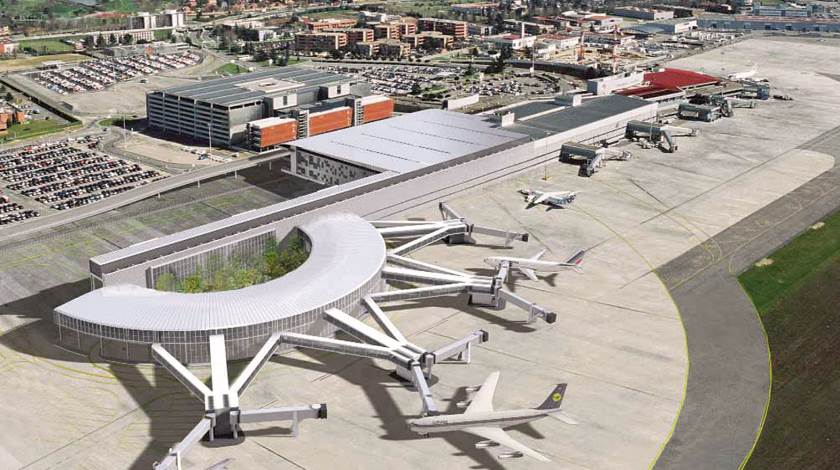
It will increase the terminal’s capacity to 12 million passengers a year, from the current eight million.
Works on the expansion project starts in 2016 and the renovated terminal will become operational in 2018. It will handle both Schengen and non-Schengen traffic.
The terminal design will be optimized to increase its passenger handling capacity. The current layout is considered suboptimal as it splits passenger flows immediately after the landslide boundary, besides a change in floor level.
The South Extension terminal expansion project will envisage the development of approximately 5,000m² of walkthrough duty-free space between Halls A and B. Both halls will get an entirely new layout, designed to optimize passenger flows and facilitate effective commercial performance. The connecting space will provide shopping, dining and relaxation areas.
London Luton Airport, UK
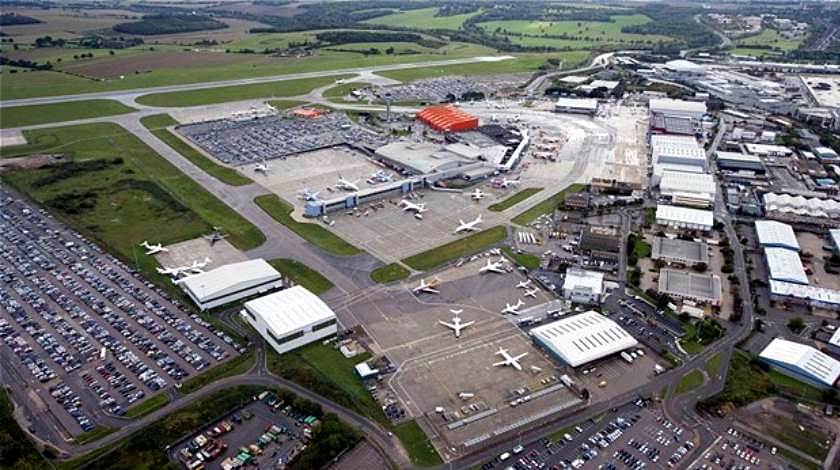
The expansion will increase the annual capacity of the airport by 50% to 18 million passengers a year by 2020. It will also significantly improve the passenger experience at the terminal.
The expansion, modernization and remodeling of the terminal building will be conducted in three phases. The expansion will double the existing capacity in areas including security search, immigration and baggage reclaim.
Rail and road services to and from the airport will be upgraded as a part of the redevelopment project.
The UK Secretary of State for Transport Patrick McLoughlin said the project will play an important role in meeting the immediate demand for air travel in London, the South East and South Midlands. McLoughlin added: “The transformation of London Luton Airport is adding to the UK’s reputation for world class aviation infrastructure. “Not only will its development help to meet demand for aviation but will also create thousands of jobs.”
According to a report published by Oxford Economics, the project will add £1bn to the UK economy and create approximately 10,000 jobs by 2030.
London Heathrow Airport, UK
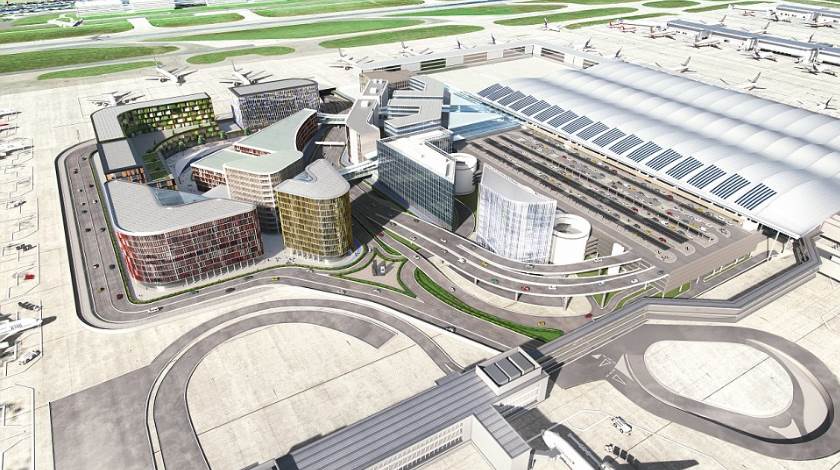
Heathrow took 14 years to build Terminal 5 and the planning costs were up to EUR 500 million, which accounted for 12% of the total investment. The new terminal houses 26 airlines and is expected to witness approximately 17 million passengers by 2019.
Transport Minister Patrick McLoughlin said that Britain is expected to take a decision on the location for the construction of a new runway this summer as the capacity of Heathrow airport is running full.
McLoughlin was quoted as saying that a June referendum will not delay the present schedule on taking a decision whether to expand Heathrow or Gatwick, the first and second busiest airports in the country, respectively. “I very much hope that by the summer of this year we will have a location decision,” he added.
The campaign to expand Heathrow airport has suffered a setback last December when the government postponed the decision to this summer, citing that there is need for further study on the environmental impact of the expansion. The issue of runway construction has for long been under dispute and the south east of England has not seen construction of any new runway since the end of Second World War.
Gatwick Airport, UK

Estimated at £75m, the project covers its requirement for three new frameworks that will further enhance the facility with the proposed second runway. Gatwick Airport Development director Raymond Melee said: “The publication of three new frameworks sends a clear message to the industry that Gatwick has a pipeline of major construction work that will satisfy all types of construction industry partners.
“We are investing £2.5bn to transform our airport and continue to drive growth, while we wait for the green light to start building our second runway. With frameworks spanning a five year time-frame, it’s important that potential partners in the runway build are included in these frameworks so that we can keep the process moving forward.”
The three frameworks will include airport planning services which will involve key infrastructure planning associated such as architectural and engineering services, urban planning, landscape engineering, technical consulting and analysis with the second runway.
The infrastructure will include runways, taxiways, aprons, aircraft stands, terminal buildings, piers, car parks, and engineering hangars.
Manchester International Airport, UK

The Manchester Airport Transformation Programme (MANTP) is said to spend $1.4bn on enhancing airport facilities. It will increase in the size of Terminal 2 by 140% which will allow 30 million passengers to pass each year. 1500 jobs will be created by the transformation program which is expected to be complete until 2025.
“It’s a once in a generation opportunity for Manchester Airport to fulfil its potential as the global gateway from the North” says Ken O’Toole, Managing Director if Manchester Airport.
The MANTP is a ten-year investment program initiated to maintain the international status of Manchester Airport.
Aberdeen International Airport, UK

Aberdeen International Airport is planning to invest $20m to increase the size of its existing terminal by 50%, since it was first opened in 1977.
The redevelopment plan will include the construction of a two-storey extension to the south of the existing terminal building.
Current forecasts predict that Aberdeen airport will be handling around 4 million passengers a year by 2020 and 5 million by 2040.
Zagreb International Airport, Croatia
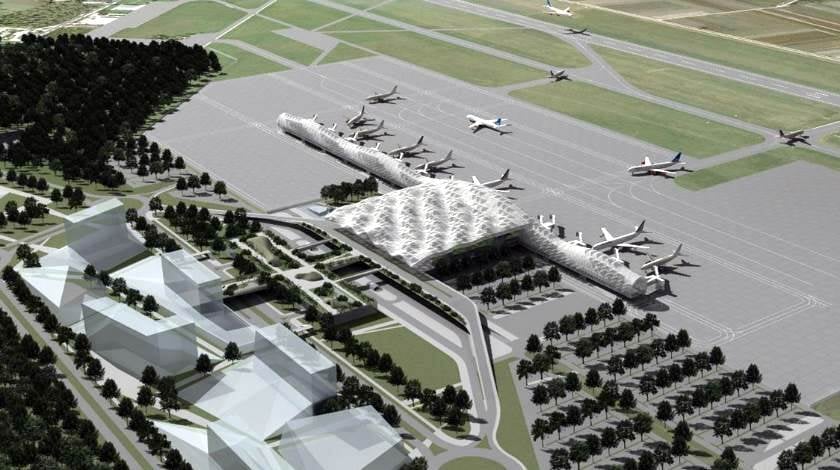
A new state-of-the-art passenger terminal is being constructed at Zagreb International Airport to replace the existing terminal, which has reached the saturation point.
Ground for the new terminal construction was broken in May 2014, after roughly six months of extensive preparatory works that began in December 2013. The construction is scheduled to be completed by the end of 2016.
The new terminal will initially handle five million passengers a year, and eight million in the subsequent years through further expansion, compared with the current two million passengers. With state-of-the-art infrastructure and contemporary design, it is also expected to become a new landmark for the region and boost its tourism and economic growth. The project is estimated to generate more than 700 jobs.
Frankfurt International Airport, Germany

To accommodate the projected traffic growth at the airport, Frankfurt approved the construction of a new passenger terminal in April 2015.
The decision was based on a comprehensive analysis of an audit study conducted by the Hesse state government to evaluate the airport’s future capacity requirements. The studies projected that the passenger volumes at the airport will rise between 68 million and 73 million by 2021 from the current 64 million passengers a year.
The construction work is expected to take approximately seven years, with opening of the facility anticipated for 2022.
Conclusion
The growing number of passengers makes the European Airports to consider expansion projects as the demand for air traveling is increasing. Europe is the major destination and connection at the same time, therefore, airports could be exploited to the fullest in order to generate profit for countries and raise their economy. Major airports see the opportunity in this and are planning expansions in order to meet the future demand.

